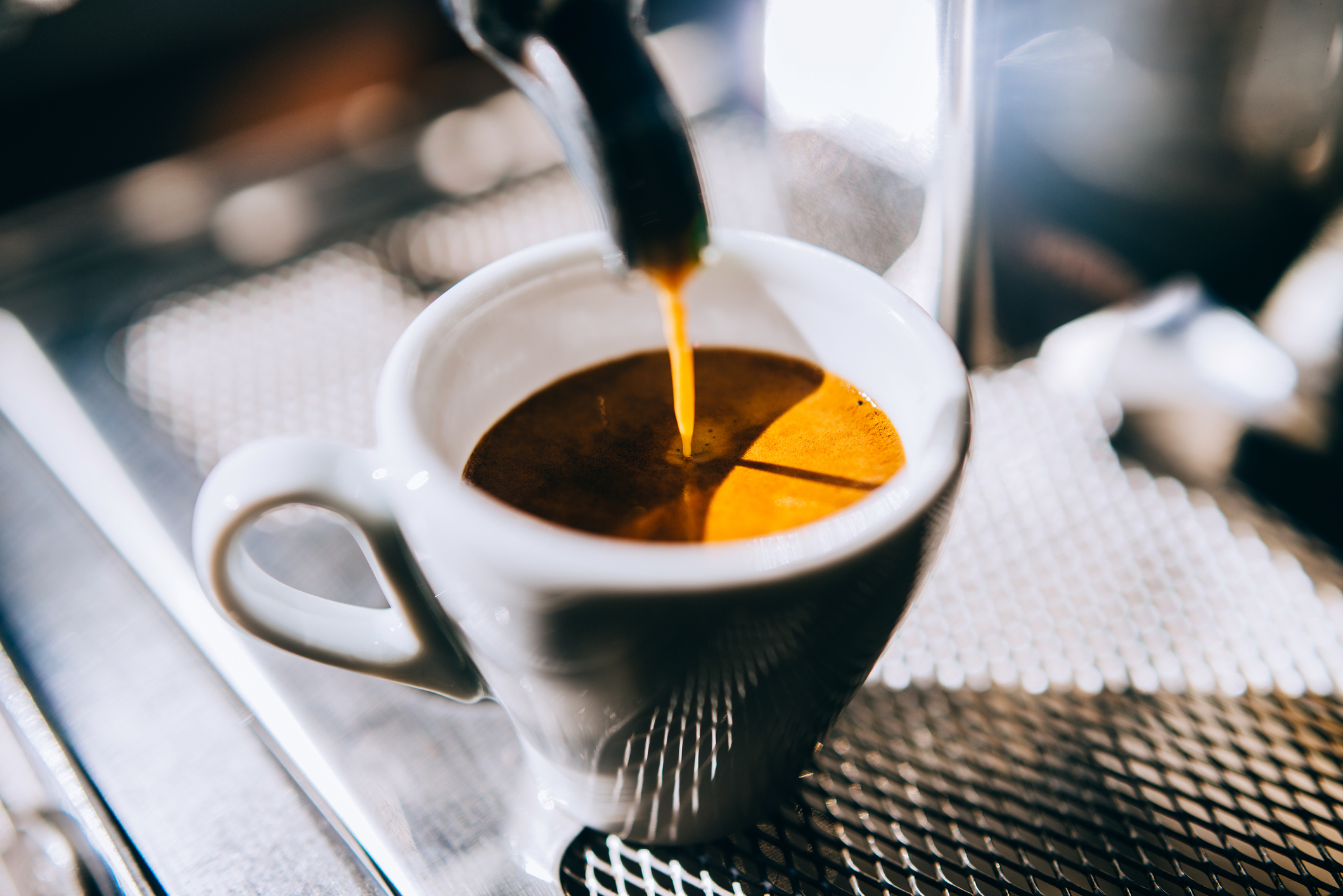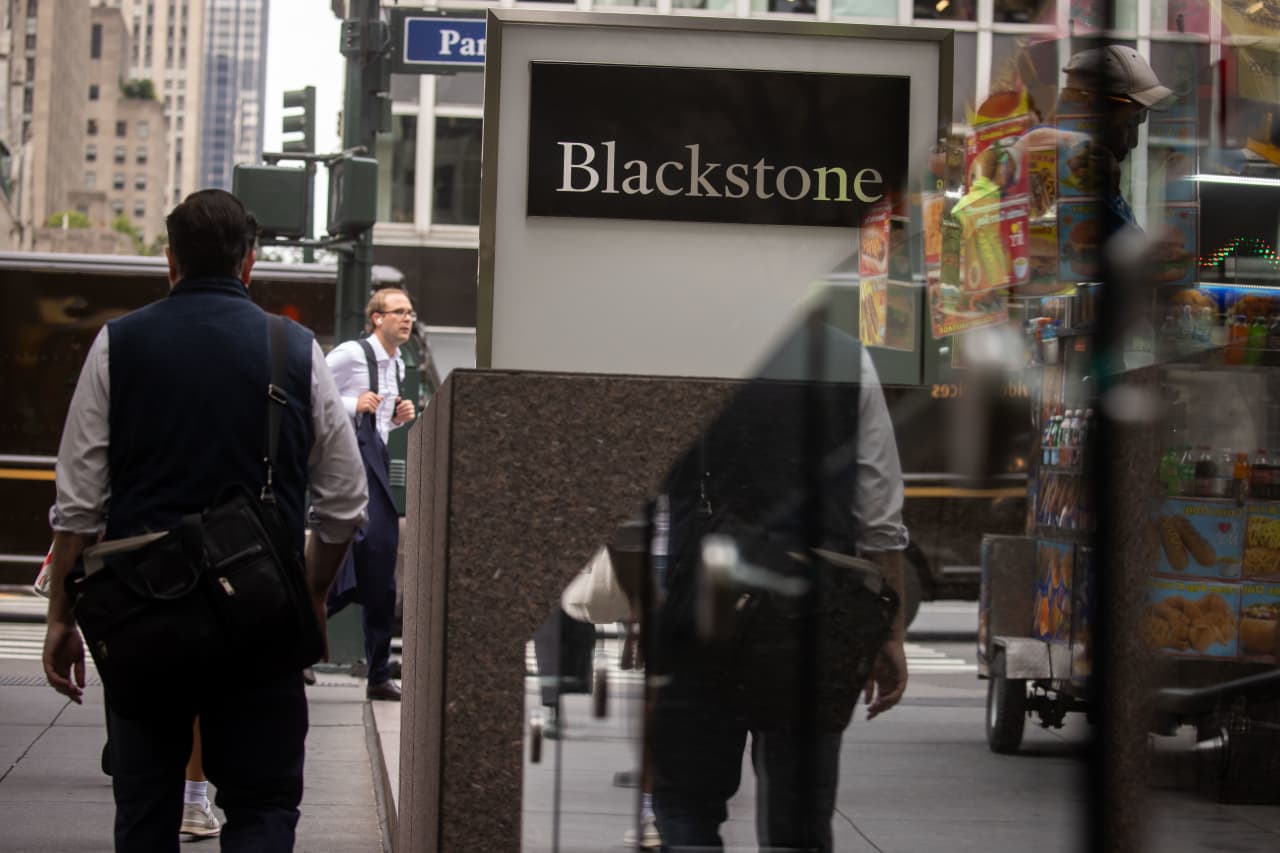How Much Caffeine You Should Actually Have—and When
Figure out the right amount of caffeine to boost alertness without disrupting your sleep
Caffeine can give us a boost, but too much can mess with our sleep and make us feel jittery. So how do we know what’s the right amount?
Generally, government and health groups recommend that healthy adults consume no more than 400 milligrams of caffeine a day. That comes out to about four, 8-ounce cups of coffee, says Jennifer Temple, a professor of exercise and nutrition sciences at University at Buffalo School of Public Health and Health Professions.
(No, that 20-ounce Starbucks Venti doesn’t count as one cup of coffee.)
And believe it or not, we are doing pretty well on this target. The average American adult consumes about 200 milligrams of caffeine a day and in Europe, it is 270 milligrams, according to a 2017 review study.
But not everyone is optimising their caffeine intake to maximise how it can help them—by sharpening concentration for work or giving them a boost before a run—without hurting their sleep or overall health.
Here’s how to think strategically about getting the most out of your daily dose.
Optimising the boost
Caffeine can help you focus and keep you alert.
About 100 to 150 milligrams—or one to 1.5 cups of coffee—is a ballpark amount that will deliver a boost, says Astrid Nehlig, an emeritus research director at the French National Institute of Health and Medical Research, who has studied caffeine’s impact on brain activity, though it varies from person to person.
The effects generally kick in about five minutes after consumption and increase to become optimal for between roughly 15 and 120 minutes, Nehlig says.
Caffeine has been linked to physical benefits, too. People walked more on days they drank coffee than on days they didn’t, according to a 2023 study of 100 people in the New England Journal of Medicine. Participants took an average of 1,000 more steps on days when they drank caffeinated coffee than when they didn’t.
Other studies have suggested that caffeine can sometimes help us work out harder, such as when we have it before high-endurance exercise like long runs or swims, or sports that require a sustained effort, like soccer, Nehlig says.
The same boost hasn’t been found with shorter efforts, such as a sprint. Caffeine doesn’t act directly on muscles but rather reduces your rate of perceived exertion and the time it takes you to feel exhausted.
The downsides
Caffeine’s main negative for your health is that it can disrupt your sleep.
The NEJM study that found that people walk more on days when they drink caffeine also found a downside. On days when study participants could drink as much caffeinated coffee as they wanted, they slept on average 30 minutes less than on days they didn’t drink any.
The impact on sleep varies greatly depending on how fast you metabolise caffeine, says Gregory Marcus, a cardiologist and professor of medicine at University of California, San Francisco and first author of the NEJM study.
On average, it takes about 4.5 hours for half of the caffeine consumed to pass through your system. However, genetic differences make some people metabolise it slowly or quickly, doctors and researchers say. The population is roughly split between fast and slow metabolisers.
The sleeping and walking study tested whether participants were slow or fast metabolisers of coffee. Those that were slow metabolisers slept nearly an hour less on the nights they drank caffeinated coffee, while the fast metabolisers didn’t experience any impact on sleep.
Where to get your caffeine
The best source of caffeine is unsweetened coffee or tea, says Dr. Frank Hu, professor of nutrition and epidemiology at Harvard T.H. Chan School of Public Health. These drinks have other beneficial ingredients, such as polyphenols, which have antioxidant effects which reduce inflammation.
The caffeine content in coffee and tea can vary, but soda can’t have more than 71 milligrams per 12 ounces, per Food and Drug Administration regulations.
Adults get most of their caffeine from coffee, but the market for energy drinks is growing. Pay extra attention to the caffeine in these drinks, because some contain very high levels.
Getting caffeine from soda or energy or sports drinks makes it more likely you are also getting a high dose of sugar and empty calories, says Hu.
Extra caution
Kids under 12 should avoid caffeine, while 12- to 18-year-olds should have no more than 100 milligrams a day, according to the American Academy of Pediatrics. Pregnant women are advised to have no more than 200 milligrams of caffeine a day.
People with chronic conditions like high blood pressure, diabetes or heart disease might want to be more cautious about their caffeine consumption, Hu adds. The NEJM study found that on the days when participants consumed caffeine, they had more abnormal heart rhythms in the lower chamber of the heart, which is associated with a greater risk of developing heart failure.
And people who get migraine headaches should try to drink no more than 100 milligrams of caffeine a day, the equivalent of a mug of coffee, says Dr. Amaal Starling, a headache specialist and neurologist at Mayo Clinic in Scottsdale, Ariz. She advises her patients who have daily or severe headaches not to drink any caffeinated beverages or switch to decaffeinated coffee.
 Copyright 2020, Dow Jones & Company, Inc. All Rights Reserved Worldwide. LEARN MORE
Copyright 2020, Dow Jones & Company, Inc. All Rights Reserved Worldwide. LEARN MORE
This stylish family home combines a classic palette and finishes with a flexible floorplan
Just 55 minutes from Sydney, make this your creative getaway located in the majestic Hawkesbury region.
As Paris makes its final preparations for the Olympic games, its residents are busy with their own—packing their suitcases, confirming their reservations, and getting out of town.
Worried about the hordes of crowds and overall chaos the Olympics could bring, Parisians are fleeing the city in droves and inundating resort cities around the country. Hotels and holiday rentals in some of France’s most popular vacation destinations—from the French Riviera in the south to the beaches of Normandy in the north—say they are expecting massive crowds this year in advance of the Olympics. The games will run from July 26-Aug. 1.
“It’s already a major holiday season for us, and beyond that, we have the Olympics,” says Stéphane Personeni, general manager of the Lily of the Valley hotel in Saint Tropez. “People began booking early this year.”
Personeni’s hotel typically has no issues filling its rooms each summer—by May of each year, the luxury hotel typically finds itself completely booked out for the months of July and August. But this year, the 53-room hotel began filling up for summer reservations in February.
“We told our regular guests that everything—hotels, apartments, villas—are going to be hard to find this summer,” Personeni says. His neighbours around Saint Tropez say they’re similarly booked up.
As of March, the online marketplace Gens de Confiance (“Trusted People”), saw a 50% increase in reservations from Parisians seeking vacation rentals outside the capital during the Olympics.
Already, August is a popular vacation time for the French. With a minimum of five weeks of vacation mandated by law, many decide to take the entire month off, renting out villas in beachside destinations for longer periods.
But beyond the typical August travel, the Olympics are having a real impact, says Bertille Marchal, a spokesperson for Gens de Confiance.
“We’ve seen nearly three times more reservations for the dates of the Olympics than the following two weeks,” Marchal says. “The increase is definitely linked to the Olympic Games.”

Getty Images
According to the site, the most sought-out vacation destinations are Morbihan and Loire-Atlantique, a seaside region in the northwest; le Var, a coastal area within the southeast of France along the Côte d’Azur; and the island of Corsica in the Mediterranean.
Meanwhile, the Olympics haven’t necessarily been a boon to foreign tourism in the country. Many tourists who might have otherwise come to France are avoiding it this year in favour of other European capitals. In Paris, demand for stays at high-end hotels has collapsed, with bookings down 50% in July compared to last year, according to UMIH Prestige, which represents hotels charging at least €800 ($865) a night for rooms.
Earlier this year, high-end restaurants and concierges said the Olympics might even be an opportunity to score a hard-get-seat at the city’s fine dining.
In the Occitanie region in southwest France, the overall number of reservations this summer hasn’t changed much from last year, says Vincent Gare, president of the regional tourism committee there.
“But looking further at the numbers, we do see an increase in the clientele coming from the Paris region,” Gare told Le Figaro, noting that the increase in reservations has fallen directly on the dates of the Olympic games.
Michel Barré, a retiree living in Paris’s Le Marais neighbourhood, is one of those opting for the beach rather than the opening ceremony. In January, he booked a stay in Normandy for two weeks.
“Even though it’s a major European capital, Paris is still a small city—it’s a massive effort to host all of these events,” Barré says. “The Olympics are going to be a mess.”
More than anything, he just wants some calm after an event-filled summer in Paris, which just before the Olympics experienced the drama of a snap election called by Macron.
“It’s been a hectic summer here,” he says.

AFP via Getty Images
Parisians—Barré included—feel that the city, by over-catering to its tourists, is driving out many residents.
Parts of the Seine—usually one of the most popular summertime hangout spots —have been closed off for weeks as the city installs bleachers and Olympics signage. In certain neighbourhoods, residents will need to scan a QR code with police to access their own apartments. And from the Olympics to Sept. 8, Paris is nearly doubling the price of transit tickets from €2.15 to €4 per ride.
The city’s clear willingness to capitalise on its tourists has motivated some residents to do the same. In March, the number of active Airbnb listings in Paris reached an all-time high as hosts rushed to list their apartments. Listings grew 40% from the same time last year, according to the company.
With their regular clients taking off, Parisian restaurants and merchants are complaining that business is down.
“Are there any Parisians left in Paris?” Alaine Fontaine, president of the restaurant industry association, told the radio station Franceinfo on Sunday. “For the last three weeks, there haven’t been any here.”
Still, for all the talk of those leaving, there are plenty who have decided to stick around.
Jay Swanson, an American expat and YouTuber, can’t imagine leaving during the Olympics—he secured his tickets to see ping pong and volleyball last year. He’s also less concerned about the crowds and road closures than others, having just put together a series of videos explaining how to navigate Paris during the games.
“It’s been 100 years since the Games came to Paris; when else will we get a chance to host the world like this?” Swanson says. “So many Parisians are leaving and tourism is down, so not only will it be quiet but the only people left will be here for a party.”
This stylish family home combines a classic palette and finishes with a flexible floorplan
Just 55 minutes from Sydney, make this your creative getaway located in the majestic Hawkesbury region.





















